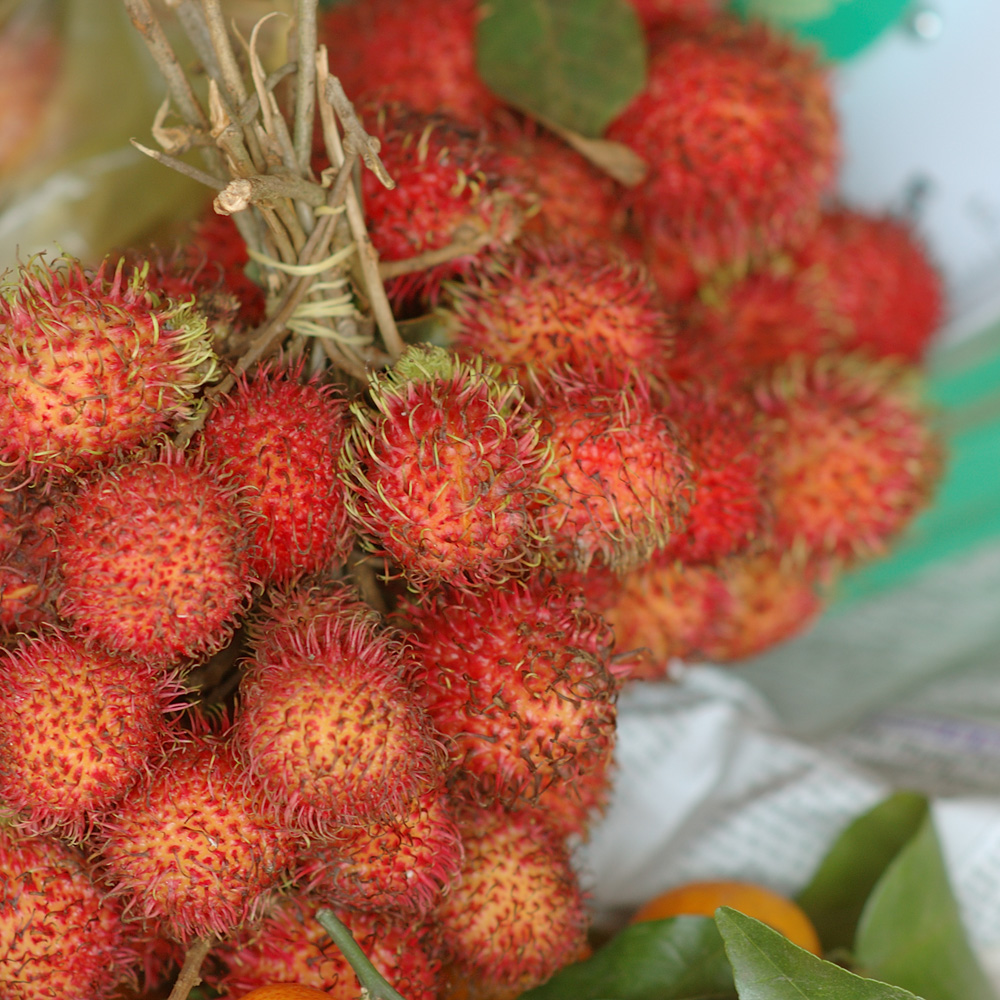I saw this link while i’m browsing around and fine it interesting to relate it in my research. Have a look at this site Petronas Celebrate Merdeka With you!. It have two Ads. It would be nice to get some respond from other Malaysian about this Ads. You can share this Ads with your friends just by sending it by email. And futher more you can share your thought about this Ads.
Here is what I think about it:
I think this Ad is more like a religious Ad. Personally, as this Ad is for Merdeka Day, and as I’m Malaysia, although I’m looking at this Ads from outside of Malaysia, I think this Ads should have more than what this Ad trying to show. Expecially if it’s for Merdeka Day. The day that we all celebrate, all of us, Malay, Chinese, Indian, Sikh, kadazan, Iban, and much more. This is what it should have! All of us in one! One Nation!
What about the multicultural people we have? What about how we survived being Malaysian all this 50 years? The begining the movie just shows only one religion, well, it show Arabic or middle-east people rather than showing Malaysian muslim man, that is not Malaysia! Perhaps because Petronas want to show that in Malaysia, there is only Muslim? What about other races and religion? It can be controversy Ad!
Let me know what you think of this!

~

I thought I should write something for Merdeka Day. Ive been waiting for this day. Well then, what is that something? I left Malaysia 3 years ago,
although I do regularly go back to Malaysia to visit families and friends. I know three year is not long, but just for only three year living out of Malaysia and indeed I do came back sometimes, I still saw so many changes. From the time I left until now.
I do love Malaysia, I bet anyone who had experience Malaysia will say the same. What is the things that I adore me most about Malaysia? I think most interesting about Malaysia is our food. We have many different varieties and from different races. Then it kind of mixing together between our different races, then we have the Malaysian authentic food. Thats the best about Malaysia, although there are others interesting things but lets just stop there.
So the things that I really want to write about is not actually about food. Even though it does have connection with what I will touch. What Im more concern is about Malaysian culture. We have changed. So much, we developed, we achieved, we did move a head slowly. But I personally do think most of Malaysian mentality is still 20 years ago. Not everybody, but most of us. I think that were so eager to changed, we kind of forget our own culture heritage and tradition.
What about the lesson and history. Didnt we learn from it? There is a small about of people that try to preserve our culture and heritage. Im sure its not for us; its for the next generation. In the world of globalization, all the information can be at our fingertip. We just need to google. Multi brand flows around Malaysia and every other country. Its hard to repel the globalization attack. But it is harder if we did not try. I think most of Malaysian excepting the idea of being global rather than being local, for multi reason. Perhaps one of it is because we want to be recognize as the same level as the develop countries. Yes we can, not to say we cant. But may be we can pause for a while and think about it. Globalization doesnt mean everything is good. It means we have choice to choose now, if we compare to the olden days. But we also have to choose the right choice. We should not accept everything. We should be more focus on our own heritage and think about how to improve and sustain our cultural heritage.
I realize its not easy, but for the sake of my future generation, Im willing to start now¦
More about Malaysian Independence











